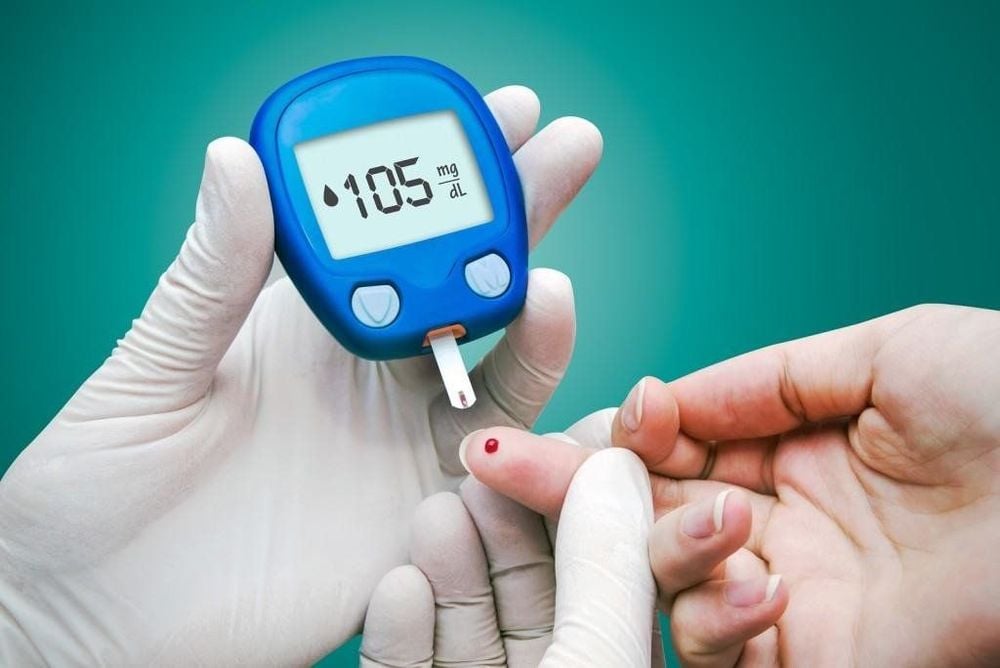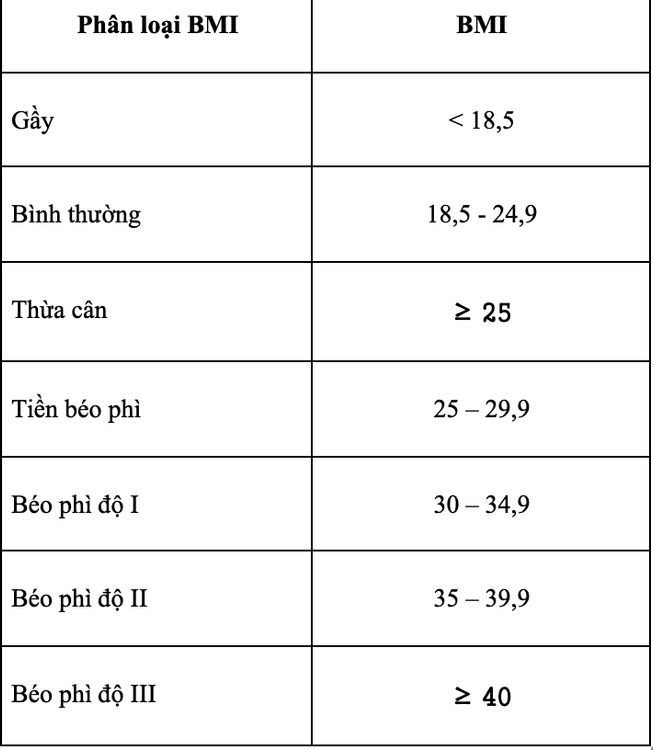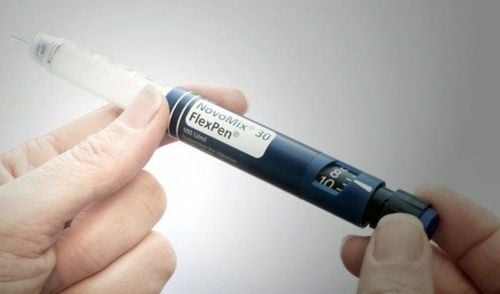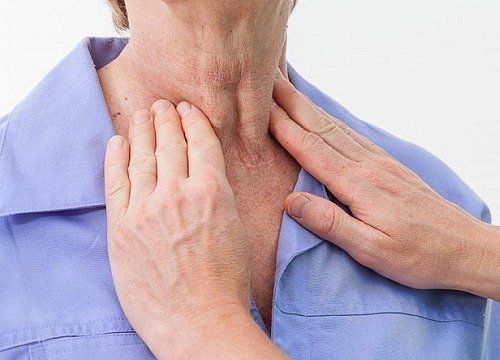This is an automatically translated article.
The article is expertly consulted by Master, Doctor Bui Tien Dat - Emergency Resuscitation - Cardiology - Emergency Resuscitation Department - Vinmec Hai Phong International General Hospital.The rate of death and sequelae from stroke can be significantly reduced if patients receive timely care and emergency care. Besides, prevention by changing lifestyle and nutrition also significantly contributes to limiting dangerous complications caused by stroke.
1. Causes of stroke
A stroke is the sudden death of brain cells due to lack of oxygen, caused by a blockage of blood flow or a rupture of a blood vessel in the brain.The patient's characteristics or comorbidities that can be considered risk factors for stroke can be listed as follows:
Hypertension: The leading cause of stroke. High blood pressure increases the pressure of the blood on the walls of the arteries, especially the cerebral arteries, increasing the risk of rupturing. People with blood pressure of 140/90 or higher need treatment. Smoking: Active or passive smoking both increase the risk of stroke. Nicotine in cigarettes increases blood pressure. In addition, smoking also causes blood vessel walls to thicken due to cholesterol accumulation leading to atherosclerosis - one of the risk factors for stroke. Heart disease: Includes heart valve defect or irregular heartbeat. A quarter of all strokes in the elderly stem from heart-related diseases. Diabetes: People with diabetes often have high blood pressure and obesity, two of the risk factors for stroke. Brain damage in stroke cases in people with diabetes is often very severe.

Difficulty speaking, chewing or swallowing food. Cognitive disorder. Restriction of movement even paralysis of a part or side of the body. Severe headache, impaired vision.

2. How to prevent stroke
Stroke can be effectively prevented by choosing a healthy lifestyle:Diet: Using low-fat foods can help lower blood cholesterol, thereby limiting atherosclerosis circuit. In addition, it is also necessary to balance the amount of salt (Sodium) taken into the body every day. High sodium content is one of the causes of high blood pressure. Applying a diet rich in vegetables, tubers and fruits is an effective way to prevent diseases in general and stroke in particular. Maintain a healthy weight: Being overweight or obese can increase your risk of stroke. Regularly monitor your body mass index (BMI) to see if your weight is in the normal range. BMI is calculated by the formula: BMI = Weight/[(Height)2]
In which height is in m, weight is in kg and BMI does not apply to pregnant, active women members and bodybuilders.
Then compare BMI with the following BMI-based thin-fat classification table to assess your weight status for a suitable improvement method:

Stroke is a medical condition dangerous, can directly affect the patient's life. Even with prompt treatment, a stroke can still have serious consequences for the patient's health, so the most effective way is to prevent and avoid the disease from happening. A healthy diet combined with reasonable exercise as well as limiting bad living habits are the most effective ways to prevent disease.
Regular health check-ups, early detection of stroke-causing factors and proactive intervention will help prevent stroke effectively. Accordingly, people with diabetes, heart disease, and blood lipid diseases need to have regular health check-ups to control their disease status, not to let the indicators exceed dangerous levels, causing stroke.
Currently, Magnetic Resonance Imaging - MRI/MRA is considered a "golden" tool to screen for brain stroke. MRI is used to check the condition of most organs in the body, especially valuable in detailed imaging of the brain or spinal nerves. Due to the good resolution and contrast, MRI images allow to detect abnormalities hidden behind bone layers that are difficult to detect with other imaging methods. MRI can give more accurate results than other X-ray techniques (except DSA angiography) in diagnosing brain diseases, cardiovascular diseases, strokes,... Moreover, the process MRI scans do not cause side effects like X-rays or computed tomography (CT) scans.\
Vinmec International General Hospital currently owns a 3.0 Tesla MRI System, which is equipped with state-of-the-art equipment by GE. Healthcare (USA) with high image quality, allows comprehensive assessment, does not miss the injury but reduces the time taken to take pictures. Silent technology helps to reduce noise, create comfort and reduce stress for the client during the shooting process, resulting in better image quality and shorter imaging time. With the state-of-the-art MRI system With the application of modern methods of cerebral vascular intervention, a team of experienced and well-trained neurologists and imaging specialists, Vinmec is a prestigious address for stroke risk screening and screening. reliable goods.
In the past time; Vinmec has successfully treated many cases of stroke in a timely manner, leaving no sequelae: saving the life of a patient suffering from 2 consecutive strokes; Responding to foreign female tourists to escape the "death door" of a stroke ;...
Please dial HOTLINE for more information or register for an appointment HERE. Download MyVinmec app to make appointments faster and to manage your bookings easily.
References: webmd.com, medicinenet.com, cdc.gov













